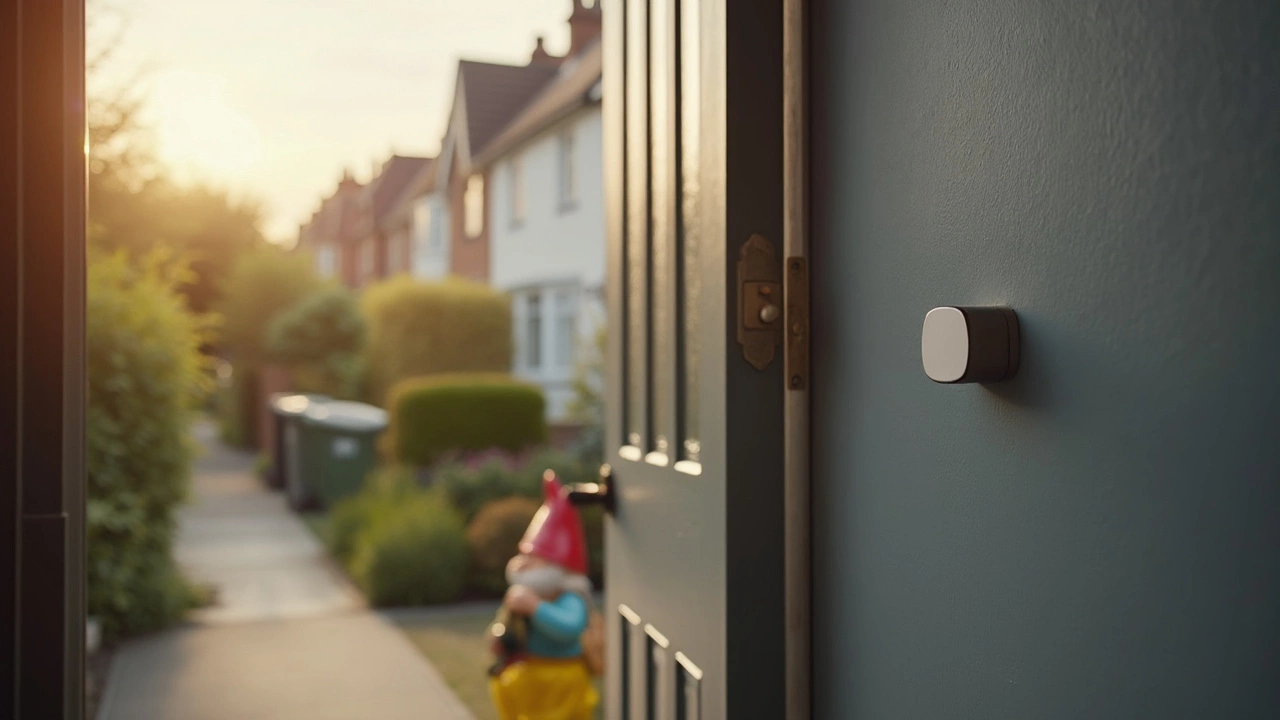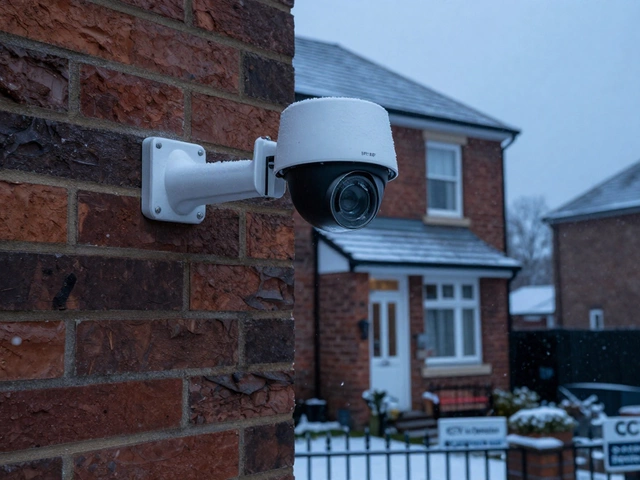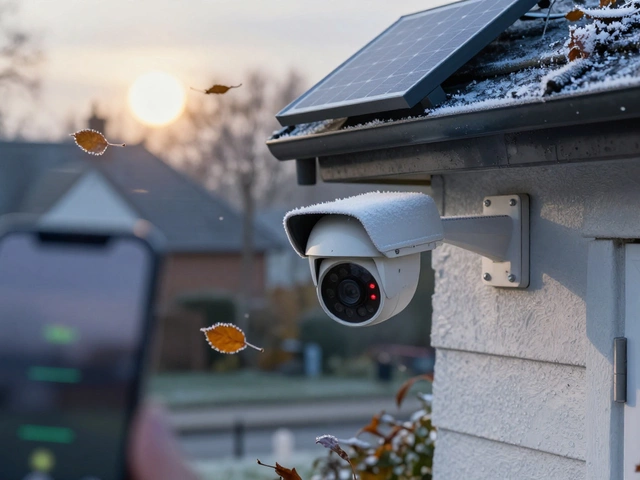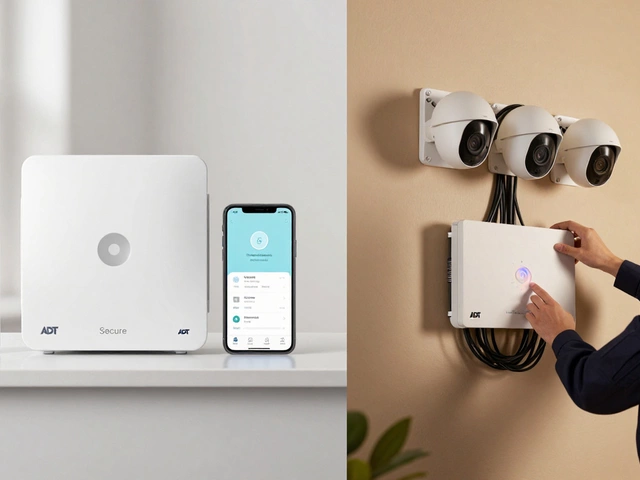Think security and it’s easy to picture laser grids and fancy cameras. But the most basic alarm system? It’s almost laughably simple: door and window sensors that make a noise if someone opens something they shouldn’t. That’s it. No cameras, no apps, no phone notifications—just a loud siren that scares people away and lets you (or your neighbors) know trouble’s brewing.
Plenty of folks start here. These basic sensors are cheap, easy to install (sometimes just peel and stick), and don’t need expert wiring or Wi-Fi. If you’ve ever bought one of those magnetic stick-on entry alarms from the hardware store, you’ve probably used this setup. Is it perfect? Nope. But if you just want to know when a door or window is opened at an odd hour, this basic system gives you what you need—fast.
- What Counts as a Basic Security Alarm?
- How It Actually Works
- Good and Bad Sides of Keeping It Basic
- Common Mistakes and Quick Fixes
- When to Step Up From the Basics
What Counts as a Basic Security Alarm?
Basic security alarm systems aren’t rocket science—they just do one job: let you know when someone opens a door or window. The classic example is a simple magnetic contact sensor paired with a battery-powered siren. These kits have been around for years, and not much has changed because the idea still works. When the magnet and the switch separate (like when someone opens the door), an electric circuit triggers the alarm. No Wi-Fi, no touchscreens, no monthly fee—just loud noise and instant warning.
If you’re picturing old-school tech, you’re right. Most basic security alarm systems use:
- Magnetic contact sensors (for doors and windows)
- A basic control unit or just a siren (no fancy hub)
- Battery power, so you’re covered even if the lights go out
- Manual on/off switch or key, instead of digital codes
Curious how popular these set-ups are? A 2023 US homes survey found that around 22% of houses with security alarms use non-monitored, basic systems—mainly because they’re cheap and super easy to set up.
| Feature | Basic System | Smart/Advanced System |
|---|---|---|
| Sensors | Magnetic contacts | Multiple (contact, motion, glass break) |
| Alert style | Siren only | App, text, siren |
| Setup | DIY in 5–15 min | May need pro install |
| Power | Battery | Battery, wired, or both |
| Monitoring | Self (you or neighbors) | Professional or self-monitoring |
Here’s the main thing: A basic system isn’t built to call the cops or send video. It’s an early warning and a deterrent. Great for renters, sheds, garages, or anyone on a budget. You’ll often see them in small businesses too.
How It Actually Works
The basic security alarm is built mostly around magnetic sensors. These come in two parts: one for the door or window, and one for the frame. Stick them right next to each other—if that door or window stays shut, the magnets line up and nothing happens. But as soon as someone opens it, the circuit breaks and the alarm’s siren goes off. That’s the big trick here: it’s nothing more than a tiny circuit that gets interrupted.
Most basic alarms don’t need to be wired into your house. They run on batteries you swap out every few months. A lot of these alarm kits cost less than a pizza, so even renters or students can actually use them.
Here’s what sets these systems apart from fancier setups:
- No Wi-Fi connection needed
- No need to mess with your phone or an app
- Simple on/off switches you flip when you leave or go to bed
- Some models let you set a delay so you don’t accidentally trigger the alarm when you walk in
If you look at the numbers, these old-school alarms still get tons of use. A 2023 industry survey showed that about 29% of U.S. homes with burglar alarms had basic setups with just sensors and a siren, no smart features or monitoring.
| Feature | Basic Alarm | Smart Alarm |
|---|---|---|
| Magnetic Entry Sensors | Yes | Yes |
| Cameras | No | Yes |
| Cell App Control | No | Yes |
| Alerts to Phone | No | Yes |
| Monthly Fees | No | Often |
Installation is where these systems really shine. Most folks can stick them up, turn on the switch, and have peace of mind in ten minutes. There’s not even much you can mess up. And if you move, just peel them off and pack them with your stuff.

Good and Bad Sides of Keeping It Basic
If you’re considering a basic security alarm system, you probably want the straightforward pros and cons. Let’s cut to the chase.
First, the good stuff. Choosing the simplest alarm system—like a door or window sensor with a siren—gives you:
- Super easy setup: Most of these alarms come with peel-and-stick backs. No screws, no drilling, and no electrician needed.
- Low cost: You can usually grab these at a hardware store or online for twenty bucks or less. No monthly fees, no contracts.
- Instant notification: It’s all about the noise—when it goes off, you’ll know. Even your neighbors might, which can scare away burglars.
- No technical headaches: No apps, passwords, batteries that die in a day, or Wi-Fi connections to break. They just work until the battery runs out (which can last months or even years!).
But, let’s be real—there’s a reason these are called ‘basic.’ Some of the downsides:
- No remote alerts: The siren’s only as effective as the people who can hear it. No notifications to your phone. If you’re not home, you won’t know anything’s up.
- Limited coverage: They only protect specific entry points. If someone finds an unlocked window you forgot to alarm, you’re out of luck.
- Easy to disable: Most basic alarms aren’t hidden, so someone can rip them off a door—or just close the door quickly so the siren shuts off.
- No fancy features: Forget about smart home connections, camera integration, or professional monitoring. These are strictly DIY safety nets.
So, if you want fast installation and quick peace of mind on a budget, these systems do the trick. But if you’re looking for anything close to full protection or want to be kept in the loop while you’re away, you’ll run into some pretty clear limits.
Common Mistakes and Quick Fixes
Plenty of people mess up the setup of their basic security alarm on the first try. You’re not alone if your alarm starts beeping in the middle of the night—not because of a burglar, but because you skipped a tiny step.
The most common goof? Putting the door or window sensors too far apart. If that gap’s bigger than what the system can handle, even a light breeze can pop the alarm, or worse, a burglar could squeeze in without setting it off. Want an easy fix? Pay attention to the arrows on magnetic contact sensors and keep them as close as possible—ideally less than half an inch apart.
Another slip-up: ignoring battery life. Most of these basic systems need fresh batteries way more often than people think. Don’t wait for that low-battery chirp. Toss new batteries in every few months or anytime you hear a random beep.
People also forget to test their basic security alarm after installation. Even the best alarm can fail if you never check it. Spend two minutes every month: open the door or window it’s guarding and make sure the siren actually screams. If not, adjust the sensors or swap the batteries.
- Mount sensors to clean, non-metal surfaces—metal can mess with the magnets.
- Double-check sensors after slamming a door. They sometimes slide or pop off, especially with stick-on models.
- Put the alarm where you can hear it throughout the house, or it won’t warn anyone who needs to know.
- Don’t forget those upstairs windows—burglars know to check if you covered them or not.
Bottom line: most issues with basic setups are quick and cheap to fix. Check the sensors, swap batteries, and don’t just “set it and forget it.” These small tweaks keep your alarm doing its job.
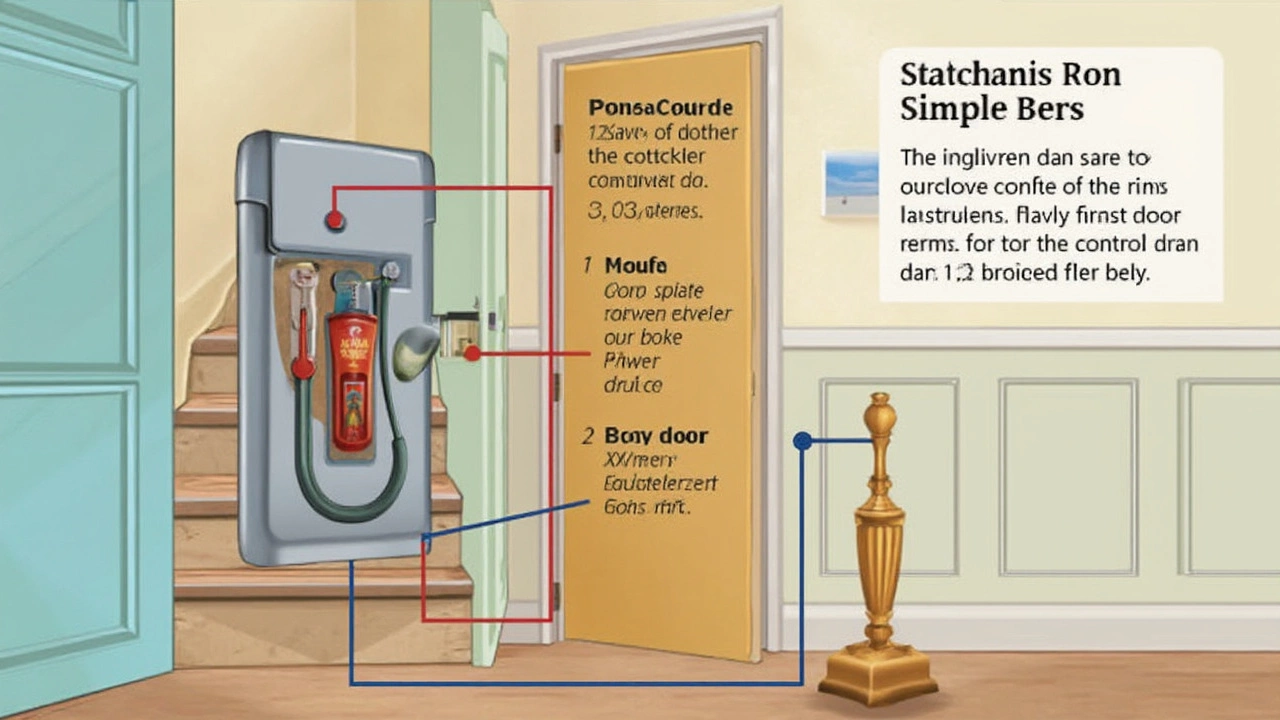
When to Step Up From the Basics
At first, a basic security alarm does the trick for a lot of folks. But there comes a point when a siren on your door or window just isn’t enough. It's not about being paranoid—it’s just about making sure you’re keeping up with real risks and not relying on a beeper to do a guard dog’s job.
If you’ve ever caught yourself wondering: “What would happen if I’m not home to hear the alarm?”—that’s a huge clue right there. Entry alarms are great for alerting you if you’re nearby, but if you’re running errands, working, or on vacation, they don’t help much. That’s where cloud-connected systems or monitored alarms come in. They can text you, call you, or ping your phone if there's a break-in attempt, no matter where you are.
Another sign you’ve outgrown the basics is if your home has multiple entrances, a big backyard, or dark corners that feel like easy targets. The more ways in, the more spots to cover, and those simple stick-on alarms can start to get expensive and clunky. This is where a full system—complete with motion sensors, video cameras, and centralized controls—saves time and hassle.
Also, think about kids, roommates, or frequent visitors. Basic alarms are easy to forget, turn off, or accidentally trigger. Modern systems often include keypads, smartphone apps, or special codes so you don’t deal with constant false alarms.
- If you have valuables (like pricey laptops, jewelry, or collectibles) out in the open, consider adding glass break sensors or cameras.
- If you already had a break-in, or there’s been a string of crime in your area, that's another clear time to upgrade.
- If you want to score discounts on home insurance, most companies give better deals for professionally monitored alarm systems.
Bottom line? Stick with basics if you’re in a tiny apartment, you’re always home, or your main worry is a random stranger pushing on your door. But if your lifestyle or your risk goes up, don’t wait for a close call to move to something stronger. Security grows with you.

